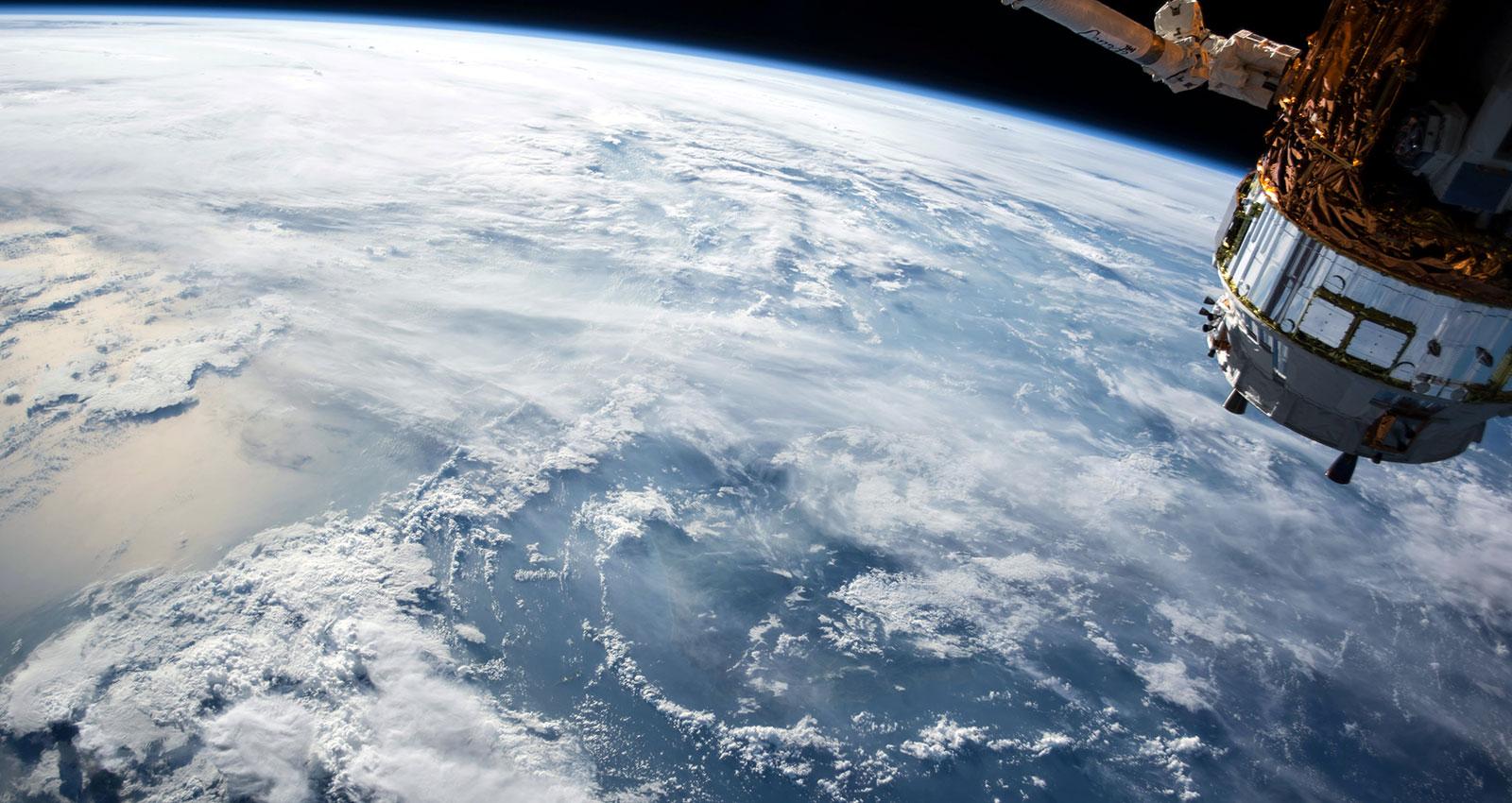The Methods Team at the Independent Evaluation Group (IEG) strives to push the boundaries of evaluation practice to answer complex questions. We convene, innovate, and help our colleagues harness the power of data and new technologies for their evaluative work. Recently, we organized a symposium to explore the potential of geospatial analysis for evaluation. The event had three objectives: learn about geospatial analysis, share lessons from concrete applications in evaluations, and foster a global community of practice. The event brought together diverse experts, researchers, and practitioners with unique perspectives on enhancing evaluations through geospatial analysis.
Sabine Bernabè, Vice President and Director-General of IEG, launched the event and reminded us of how innovations can spring out of crisis. She described how the practice of geospatial analysis in IEG increased initially because the Covid-19 pandemic made field visits impossible. At the same time, she emphasized the World Bank's long-standing leadership in leveraging geospatial analysis by highlighting the World Bank's Geospatial Operational Support Team (GOST) and the Geospatial Lab (GeoLab). She also urged participants to seize the opportunity for closer cooperation to harness the transformative potential of geospatial data.
Exploring the potential of geospatial analysis
The first panel discussion, chaired by Estelle Raimondo, IEG’s Head of Methods, offered a comprehensive overview of the promise of geospatial analysis for evaluation. Claire Zanuso, Head of the Impact Evaluation team at the Agence française de développement (AfD), introduced participants to AfD’s strategic framework for integrating geospatial analysis into evaluations, highlighting the importance of raising awareness and of collaborating with other organizations. Kai Rompczyk, an evaluator at the German Institute for Development Evaluation (DEval), then introduced an innovative geospatial decision tree, a tool designed to guide evaluators through the process of identifying opportunities for applying geospatial analysis. The session was wrapped up by Kunwar Singh, Senior Geospatial Scientist at AidData, who provided an overview of remote sensing applications to measure a range of outcomes pursued by development organizations across the globe.
The morning was rounded off with presentations focused on concrete case studies demonstrating the practical utility of geospatial analysis in answering evaluation questions. My presentation showcased recent IEG evaluations where geospatial analysis played a pivotal role in answering questions on measurement, relevance, and effectiveness. I also highlighted IEG's pioneering role in methodological innovations for geospatial analysis, notably in computer vision (an AI field focusing on the interpretation of images). Maya Vijayaraghavan, Principal Evaluation Specialist at the Independent Evaluation Department (IED) of the Asian Development Bank (ADB), joined me in this discussion, and emphasized geospatial data's significance for ADB’s evaluations. She noted its cost-effectiveness, consistency, comparability across regions, and extensiveness of time series data. These presentations underscored the versatility of geospatial tools in diverse contexts, from portfolio assessments to sector-specific evaluations, offering a compelling case for their broader adoption.
Innovations in remote sensing
The afternoon featured a series of lightning talks focused on specific remote sensing applications for impact evaluations. This session, chaired by Alex Chunet, representative to the World Bank of the European Space Agency (ESA), showcased how invaluable geospatial analysis can be in the evaluation of climate change applications. Mascha Rauschenbach, an evaluator and team leader at DEval, presented a case study on evaluating an irrigation project in Mali using remote sensing to measure impact. This collaborative effort with AidData also showcased the importance of partnerships in leveraging geospatial data. Ingrid Dallmann, Impact Evaluation Officer at AFD and Melvin Wong, a portfolio manager at the evaluation department of Germany’s development bank, KfW, shared their joint efforts in evaluating forest cover loss, emphasizing the critical role of geospatial analysis in environmental conservation and how such analysis can be applied at the portfolio level. Anupam Anand, Senior Evaluation Officer at the Independent Evaluation Office (IEO) of the Global Environment Facility (GEF), expanded on the advantages of relying on remote sensing data, particularly in the case of areas that are hard to reach, unsafe, or isolated. He also proposed a mixed methods approach emphasizing the value of integrating geospatial data with other data sources.
The subsequent segment, moderated by Victor Vergara, former Lead Urban Specialist at the World Bank and now at the Massachusetts Institute of Technology (MIT), provided a nuanced view of how geospatial tools can inform urban planning and peace-building initiatives. Alexander Stepanov and Maximilian Reinke, principal economist and economist respectively at the European Bank for Reconstruction and Development (EBRD), presented their Urban Sustainability Index that has been constructed based on several geospatial data sources including satellite images and transport network data. Designed to be a global public good, this index has the potential of shaping urban planning and biodiversity design and offering insights into systemic change. Rachel Sayers, research scientist at AidData, shared a poignant case study from Afghanistan, where geospatial data helped assess the impact of landmine clearance on urban development and conflict prevention.
Final thoughts
By the end of the day, our minds were abuzz with stunning visual maps and a wealth of ideas to elevate our individual and collective practice. We were also thrilled to unite as practitioners, laying the groundwork for an international community of practice ready to drive future advancements and collaboration. This potential for increased collaboration is essential, as the event underscored the importance of avoiding duplication and streamlining efforts across organizations.
Embracing geospatial analysis is essential for those invested in the future of evaluation. IEG's commitment to continuous learning and innovation, coupled with the collective power of partnerships across development agencies, will undoubtedly transform this space.
For a full list of speakers and to download presentations, please visit the Geospatial Symposium event page.








Add new comment